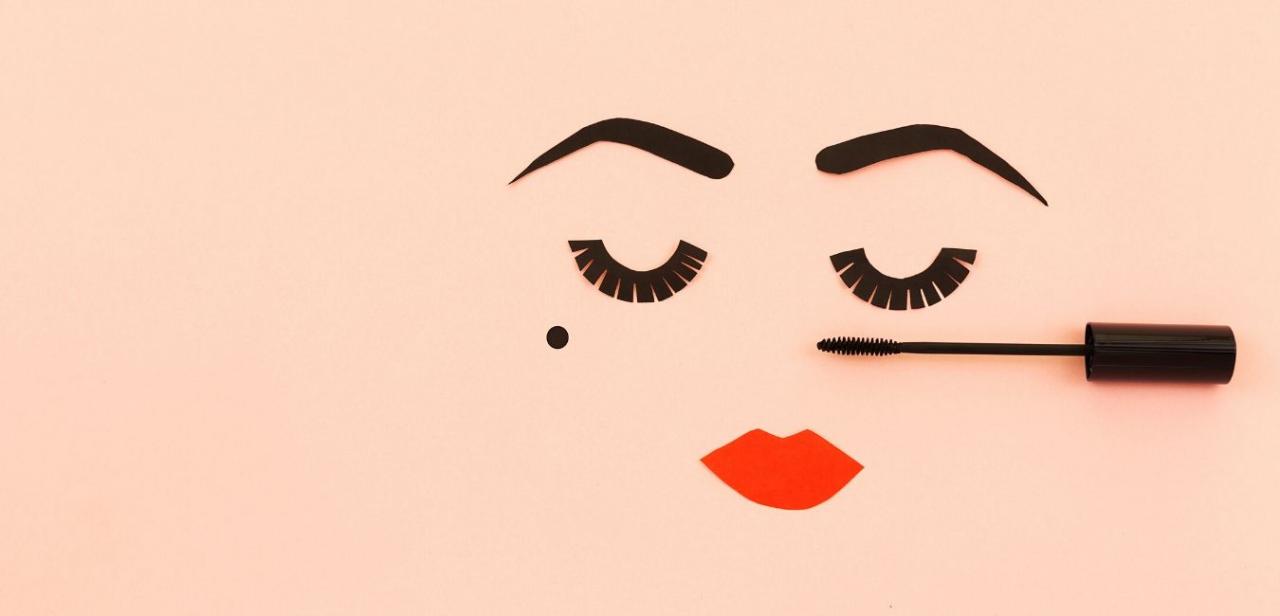 Photo: Getty Images
Photo: Getty Images
According to the National Alliance of Mental Illness (NAMI) more than 6.5 million Americans over the age of 65 are affected by depression. Very often, depression in the elderly goes unrecognized and untreated.
Senior women are twice as likely and at greater risk to be depressed as elderly men. The stresses of caring for loved ones and hormonal changes may be some of the factors which contribute to the higher rates of depression. Also, elderly women who lack a support network and are widowed or unmarried have higher rates of depression. Many with chronic illnesses also have a high rate of depression.
Symptoms among the elderly may differ than typical depression symptoms. Some of those symptoms may include:
• Memory problems or confusion. Being more confused or forgetful.
• Weight loss and loss of appetite. Eating less. The refrigerator may be empty or contain spoiled food.
• Social withdrawal. Not bathing or shaving as often. Visitors may notice smells of urine or stool. Clothes may be dirty and wrinkled.
• Fixed false beliefs (delusions or hallucinations)
• Not taking care of the home
• Stopping medicines or not taking them correctly
• Withdrawing from others. Not talking as much, and not answering the phone or returning phone calls
• Vague complaints of pain
• Inability to sleep
• Irritability
Depression in the elderly may be hard to detect. Elderly persons are more likely to seek treatment for other physical ailments than they are to seek treatment for depression.
When an elderly person is asked if they are depressed, they will usually answer no. The elderly generally do not openly show or acknowledge their feelings even if they have severe feelings of sadness.
Also, early signs of depression may be ignored because those symptoms mask part of a physical illness or part of the aging process.
Depression is the single most significant risk factor for suicide in the elderly population. Older men have the highest rate of suicide in the U.S. Depression in the elderly is frequently missed and unfortunately, those who commit suicide have seen a doctor recently.
• 20 percent see a doctor the day they die
• 40 percent see a doctor the week they die
• 70 percent see a doctor the month they die
Depression, like asthma and lupus, is a chronic disease. More than 80 percent of people with depression can be treated successfully. Depression needs medical treatment to reduce the symptoms and duration of the disease. Medical experts recommend treatment of six months to one year for those who have experienced one episode of depression. The recommended treatment for two episodes of depression is one to three years. For elderly with more than three episodes of depression, medical experts recommend a lifetime of treatment.
Contact your medical doctor if you or someone you know is experiencing symptoms of depression.
Sources:
http://www.nami.org/Template.cfm?Section=By_Illness&template=/ContentManagement/ContentDisplay.cfm&ContentID=7515
http://www.nlm.nih.gov/medlineplus/ency/article/001521.htm





Add a CommentComments
There are no comments yet. Be the first one and get the conversation started!